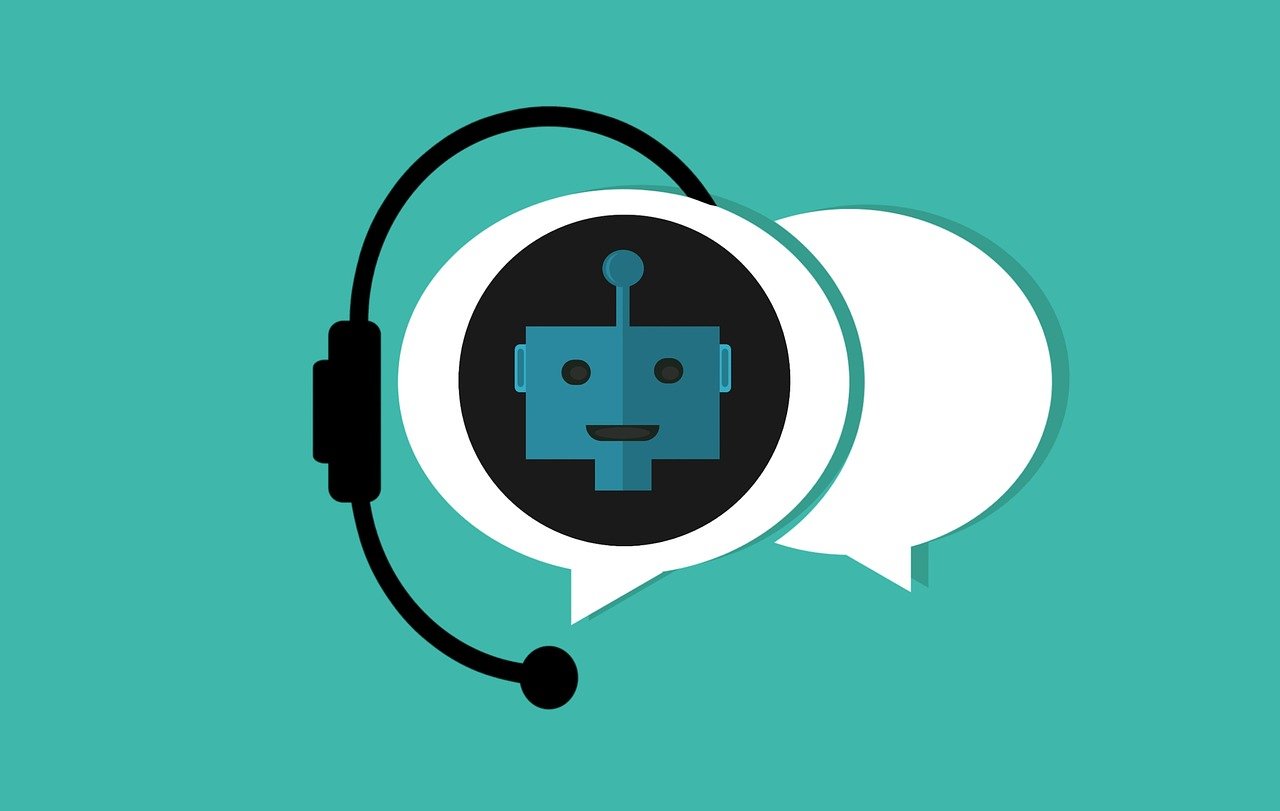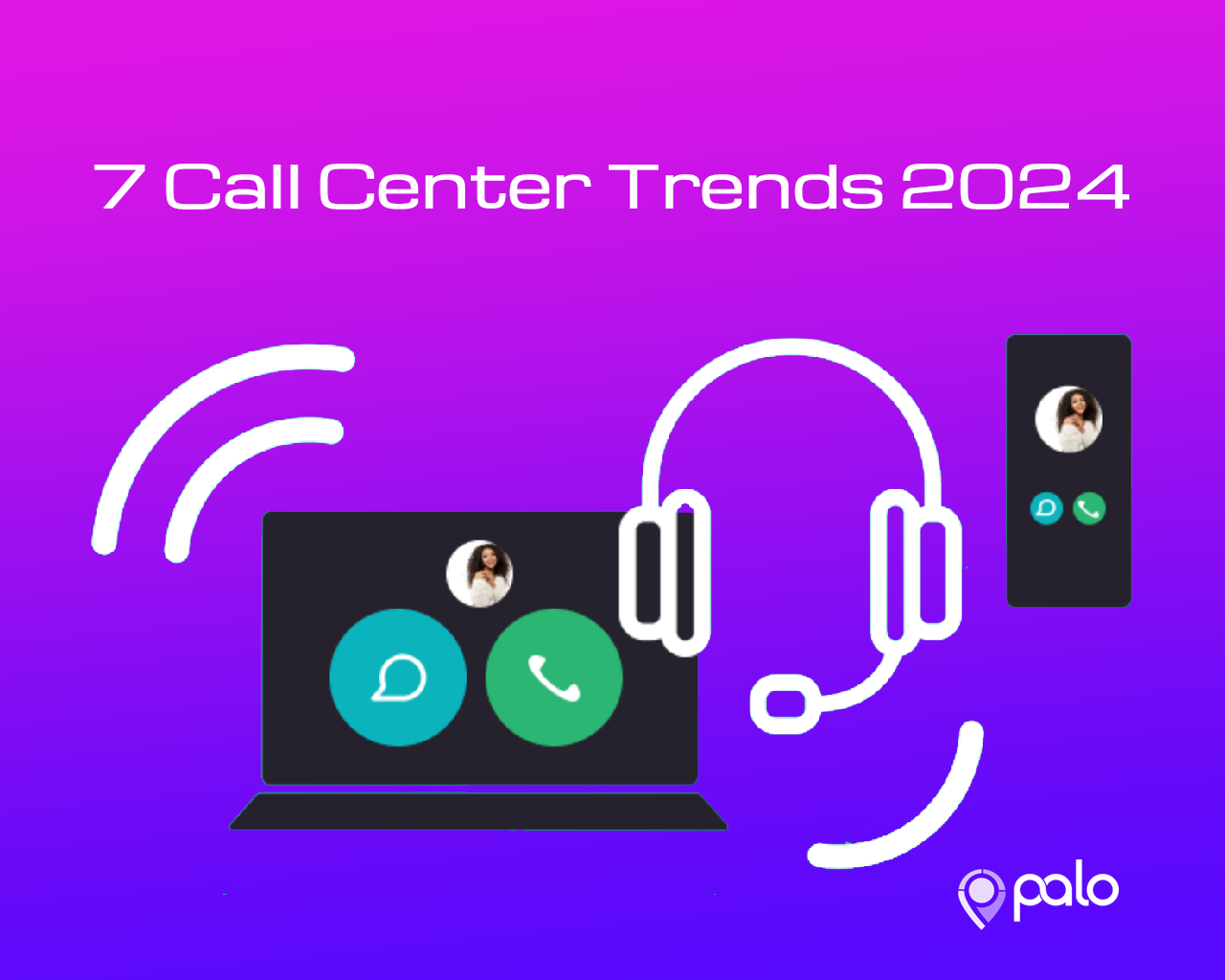
Understanding the Role of Conversational AI in Pay-Per-Call
The human voice is naturally remorseful, empathetic, unique, and understanding. We cannot dispute that fact whatsoever. However, conversational voice AI is quickly catching up, and many business owners are willing to pay for it.
This brings us to one of the most important critical questions raised when it comes to pay-per-call: what is the role of conversational voice AI in contact centers and the pay-per-call industry at large? What is the overall impact on conversion rates and revenue?
Well, the truth is that conversational voice AI is slowly gaining popularity in contact centers. AI-powered bots are gradually replacing the rows of agents charged with answering customer questions and providing general customer support.
Even though the adoption of conversational AI tools in contact centers is still slow, the trend is growing. Some reports suggest that contact centers will spend approximately $2 million on conversational AI enhancements before the end of 2023.
The investment is expected to pay off massively, with an estimated $80 billion reduction in labor costs within the next four years.
So, what role does conversational AI play in pay-per-call, and how does it impact the industry? We’ll examine everything in more detail in different sections of this guide. Read on to learn more.
What Is Conversational Voice AI?
Let us start with the basics before we dive into the details.
Conversational AI is a common phrase that refers to the use of artificial intelligence (AI) and natural language processing (NLP) technologies to automate conversation flows between businesses and customers using speech recognition technology.
Natural language processing consists of two main parts that drive conversational AI: Natural Language Understanding (NLU) and Natural Language Generation (NLG).
The first part deciphers what was said and establishes a valid meaning of the words. NLU helps conversational AI tools distinguish between similar sentences with different meanings.
The second part focuses on generating suitable responses based on what was deciphered. While early conversational platforms had pre-programmed responses, conversational AI creates useful responses based on customer requests.

The primary objective of conversational AI is to create highly personalized and engaging customer interactions.
Conversational AI encompasses chatbots, voice assistants, and other tools that help businesses provide customers with a human-like experience tailored to their specific needs and preferences.
The technology has become increasingly popular in recent years due to its ability to improve customer service while reducing operational costs.
Moreover, conversational AI increases customer satisfaction because customers get their queries answered faster, even outside regular business hours.
Chatbots vs. Conversational AI: Is It the Same Thing?
Many people tend to confuse chatbots and conversational AI, but they are two different concepts.
A chatbot is a computer program that simulates human conversations using artificial intelligence (AI). Chatbots use predefined rules to interpret customer requests and generate responses based on these rules.
On the other hand, conversational AI is more complex since it combines machine learning, natural language processing (NLP) technologies, and speech recognition to understand customer requests and generate appropriate responses.

The main difference between the two is that conversational AI can easily recognize speech and other text inputs that help it to engage in human-like conversations. You can think of chatbots as conversational AI tools with pre-programmed responses.
For a chatbot to be considered conversational, it must possess the ability to work seamlessly across different channels, including mobile, social apps, and the web.
It must also ensure that every interaction becomes part of a larger conversation that is constantly evolving.
What Does It Mean for Traditional Interactive Voice Response Systems?
Some contact center managers argue that IVR is the most common use of conversational AI in call centers. While this is true to some extent, there remains a massive gap between traditional IVR systems and contemporary conversation AI tools.
Traditional IVR systems are clunky systems that mostly list options requiring customers to select one option by dialing a number on their mobile phones.
Even though these systems always get the job done in most cases, they always create another problem that may cost a business valuable opportunities.
They are relatively slow and create a frustrating customer experience, especially if the IVR has multiple steps with some options that are irrelevant to the caller.

Advanced IVR systems incorporate conversational AI to eliminate this problem. Conversational AI is integrated into these systems to understand speech and formulate relevant responses based on customer input.
Callers simply state their reason for calling and wait for a response. They don’t have to work their way through multiple options and endless lists.
The generated responses make the entire process efficient in two ways; they either solve the problem raised by the customer entirely or route the caller to an appropriate agent fast.
Conversational AI Deals with the Entire Customer Call
The ideal situation is when conversational AI deals with the entire customer call. Customers don’t have to wait for an agent or use IVR systems that take them through endless menus and irrelevant options.
Apart from improving customer experience, this approach also helps contact centers reduce costs since fewer agents are needed to manage calls.
Conversational AI allows businesses to respond quickly and accurately to customer inquiries, even outside regular business hours.
This approach results in improved customer satisfaction and a significant reduction in wait times. Businesses can also analyze customer conversations to identify trends and provide customers with personalized services.

This kind of data-driven understanding provides valuable insights into why customers contact your business and what they expect from you.
However, we must mention that no conversational AI tool has reached a point where it can deal with all customer-related issues.
These tools are mostly deployed to help with easy-to-solve requests such as product information, pricing inquiries, and FAQs.
What Does the Future Hold for Conversational AI Tools?
The truth is that we are just scratching the surface of what conversational AI can do. As AI technology continues to evolve, so will its application in contact centers and other industries.
We expect conversational AI tools to become more accurate and able to better understand customer needs over time.
They may also incorporate additional features such as speech recognition, natural language processing (NLP), and machine learning to provide better customer experiences.

Through augmented voice intelligence systems, these AI tools promise a massive ability to carry on “natural and realistic” conversations with human customers regardless of their language, accent, or even a change in topic.
More and more businesses will soon start using conversational AI tools to personalize their services based on customer preferences.
Companies will use customer data from previous interactions to recommend products or services that best match customers’ needs. This approach should lead to improved conversions and increased revenue for businesses.
What Challenges Does Conversational AI Present?
Although conversational AI may sound like a perfect technology, it does come with some challenges.
For example, there is the risk of data privacy and security breaches when using conversational AI to store customer information.
Plus, this technology has limits in its ability to replicate genuine human conversations. The technology isn’t designed to fool customers into thinking they are talking with real people on the other end of the line.
Your company must always be upfront with your customers when they are talking with AI tools versus a human being.

When the customer wants to talk to a human being at some point, your business must make the transition so fast and seamless.
Businesses may also experience difficulty training their AI tools to understand nuances and subtleties in language. This could lead to confusion between customers and agents due to misinterpretation of customer requests.
Finally, there is the challenge of developing AI tools that could capture all customer concerns in a single sentence.
AI technology still has some way to go before it can adequately understand complex conversations and respond appropriately.
Summary
The use of conversational AI in contact centers is still in its early stages, but the potential benefits it offers are huge.
It has the ability to revolutionize customer interactions by providing businesses with an efficient way to bridge the gap between them and their customers.
Moving forward, we’ll see more contact centers using conversational AI to provide customers with a more personalized experience and ensure their issues are solved faster.
The truth is that conversational AI is here to stay, and it’s only a matter of time before these tools become an essential part of every contact center’s operation.
PALO is a leading performance-based pay-per-call network that helps businesses generate more leads, acquire customers and increase sales through customer conversations.
Contact us today to learn about our pay-per-call offers and how they can help you achieve your business goals.






